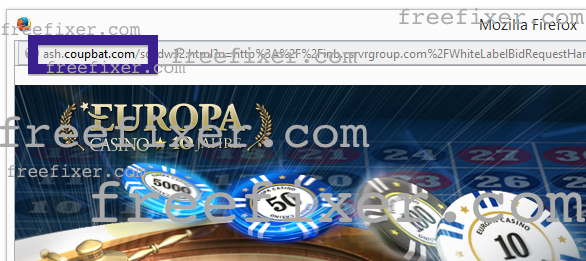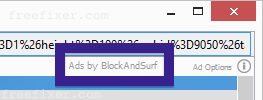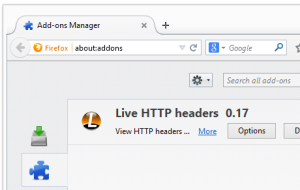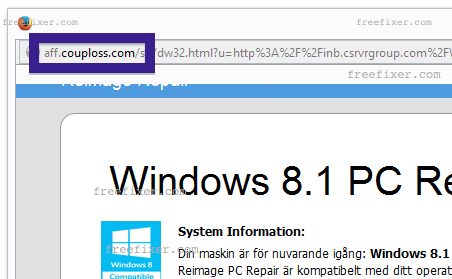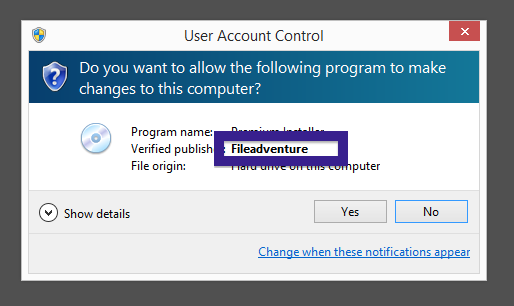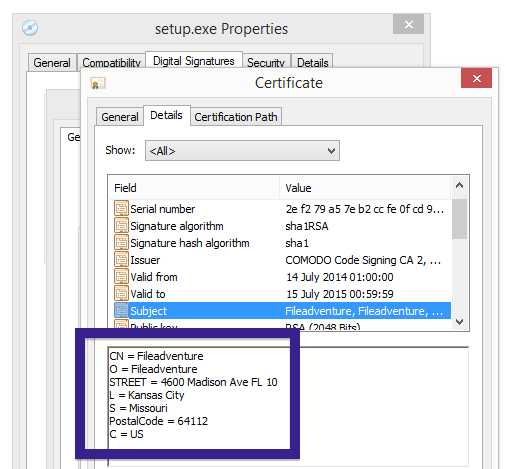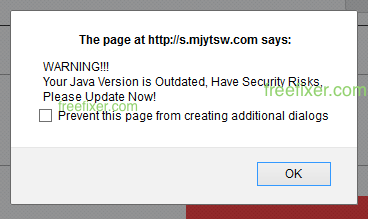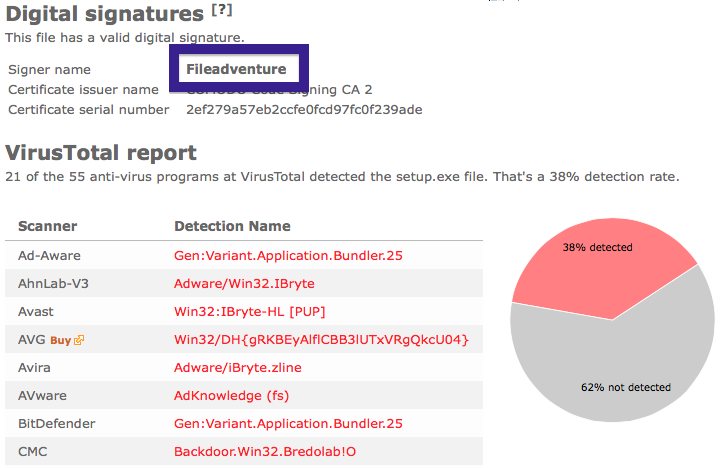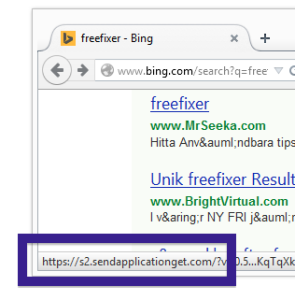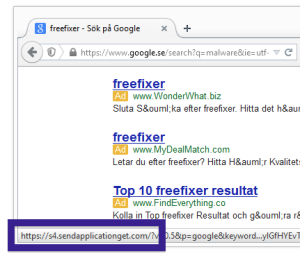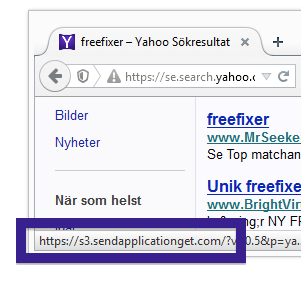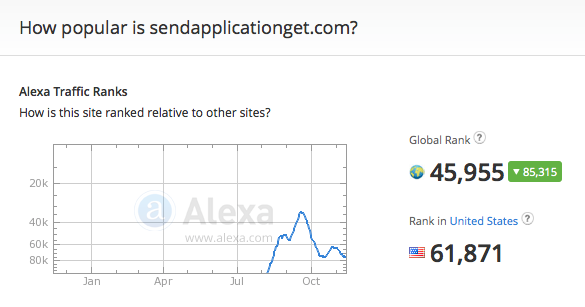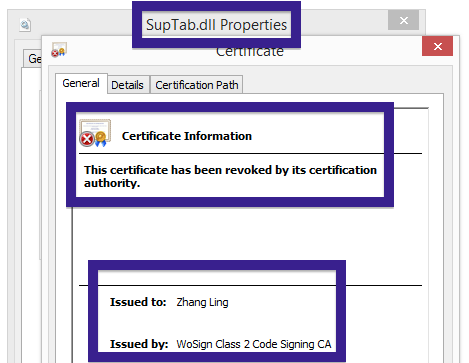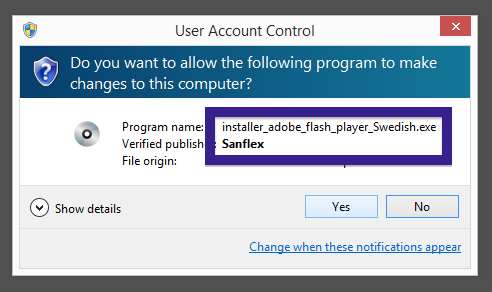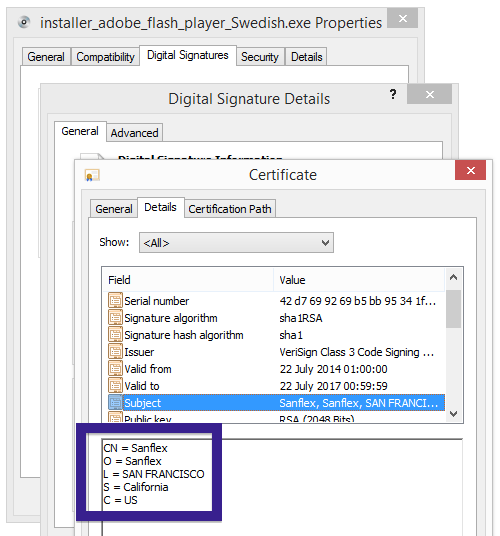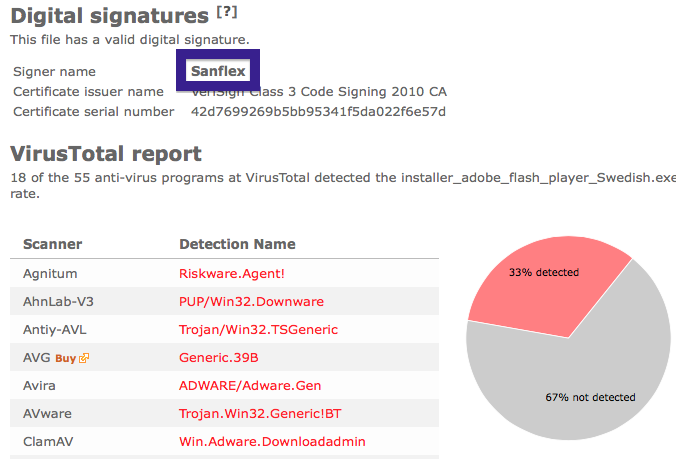Does this sound familiar? You see pop-up surveys from qiip.net while browsing sites that commonly don’t advertise in pop-up windows. The pop-ups manage to get round the built-in pop-up blockers in Google Chrome, Mozilla Firefox, Internet Explorer or Safari.
Here’s how the qiip.net survey looked like when I got it on my machine: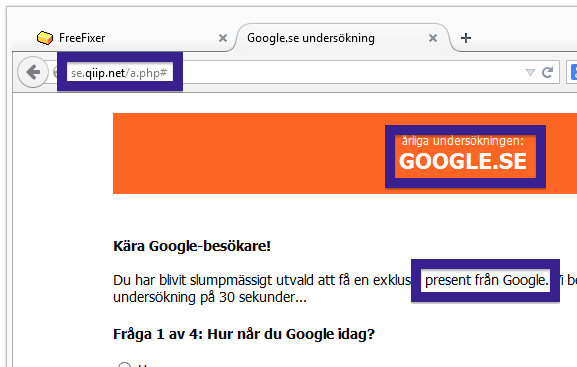
If this description sounds like your story, you probably have some adware installed on your computer that pop up the qiip.net surveys. I’ll do my best to help you remove the qiip.net in this blog post.
Generally this type of surveys often try to make it appear that they are initiated from the web site you currently were visiting, often by quoting the domain name. In my case, it talks about google.se. The surveys often claim that you will get some reward from the web site you were browsing. Sometimes the surveys are localised to your language, but often its poorly translated. This is also true for the qiip.net survey.
Those that have been reading this blog already know this, but for new visitors: Not long ago I dedicated a few of my lab systems and intentionally installed some adware programs on them. Since then I have been following the actions on these computers to see what kinds of adverts that are displayed. I’m also looking on other interesting things such as if the adware auto-updates, or if it downloads additional unwanted software on the computers. I first found the qiip.net survey on one of these lab computers.
qiip.net was registered in the end of October 2014. otx.fr and zpz.fr are two domains hosted on the same IP (178.62.243.117) as qiip.net.
So, how do you remove the qiip.net pop-up survey? On the machine where I got the qiip.net ads I had TinyWallet and PriceHorse installed. I removed them with FreeFixer and that stopped the qiip.net pop-ups and all the other ads I was getting in Firefox.
TinyWallet was the adware that caused the pop-ups in my case. The pop-up was labelled “Ad by TinyWallet” in the bottom right corner of the browser, as shown in the screenshot:
What label did your pop-up ad have? Please share by posting a comment below.
The issue with this type of survey is that it can be launched by many variants of adware. This makes it impossible to say exactly what you need to remove to stop the pop-ups.
Anyway, here’s my suggestion for the qiip.net ads removal:
The first thing I would do to remove the qiip.net pop-up survey is to examine the programs installed on the machine, by opening the “Uninstall programs” dialog. You can open this dialog from the Windows Control Panel. If you are using one of the more recent versions of Windows you can just type in “uninstall” in the Control Panel’s search field to find that dialog:
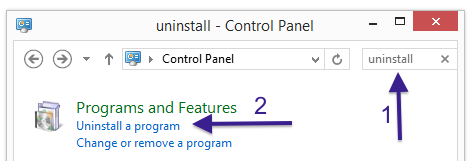
Click on the “Uninstall a program” link and the Uninstall programs dialog will open up:
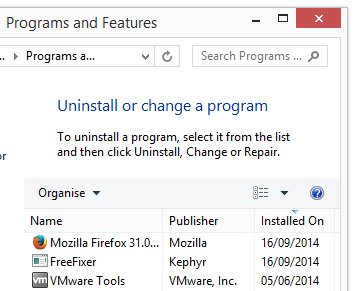
Do you see something suspicious listed there or something that you don’t remember installing? Do you see TinyWallet? Tip: Sort on the “Installed On” column to see if something was installed about the same time as you started seeing the qiip.net pop-ups.
I think you will be able to track down and remove the adware with the steps outlined above, but in case that did not work you can try the FreeFixer removal tool to identify and remove the adware. FreeFixer is a freeware tool that I’ve developed since 2006. It’s a tool designed to manually identify and uninstall unwanted software. When you’ve found the unwanted files you can simply tick a checkbox and click on the Fix button to remove the unwanted file.
FreeFixer’s removal feature is not locked like many other removal tools out there. It won’t require you to pay a fee just when you are about to remove the unwanted files.
And if you’re having problems figuring out if a file is clean or malware in FreeFixer’s scan report, click on the More Info link for the file. That will open up a web page which contains additional information about the file. On that web page, check out the VirusTotal report which can be very useful:

Are you a Mac or Linux user and get the qiip.net pop-ups? What did you do to stop the pop-up in your browser? Please share in the comments below. Thank you!
Did this blog post help you to remove the qiip.net pop-up surveys? Please let me know or how I can improve this blog post.
Thank you!

